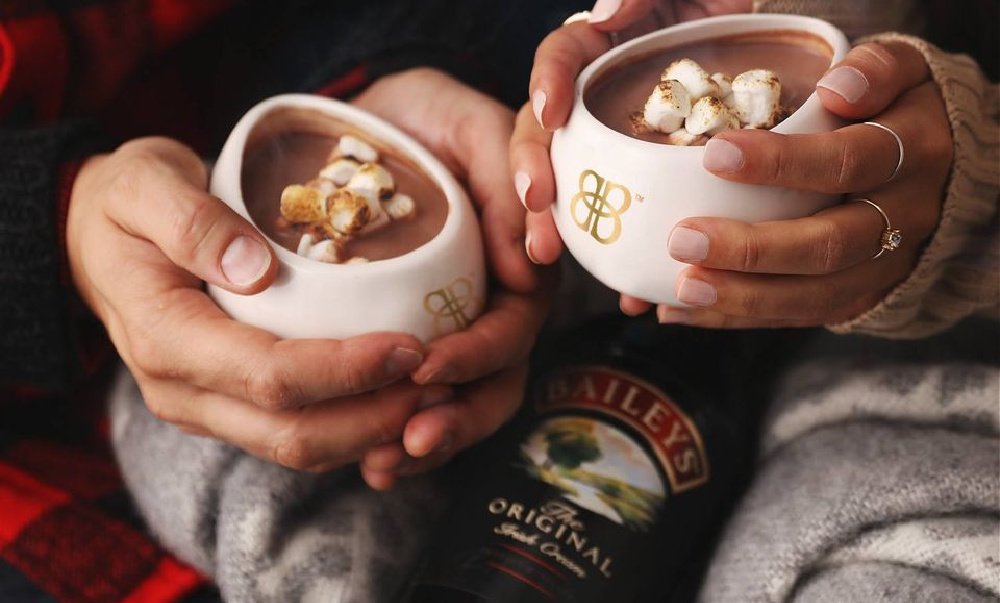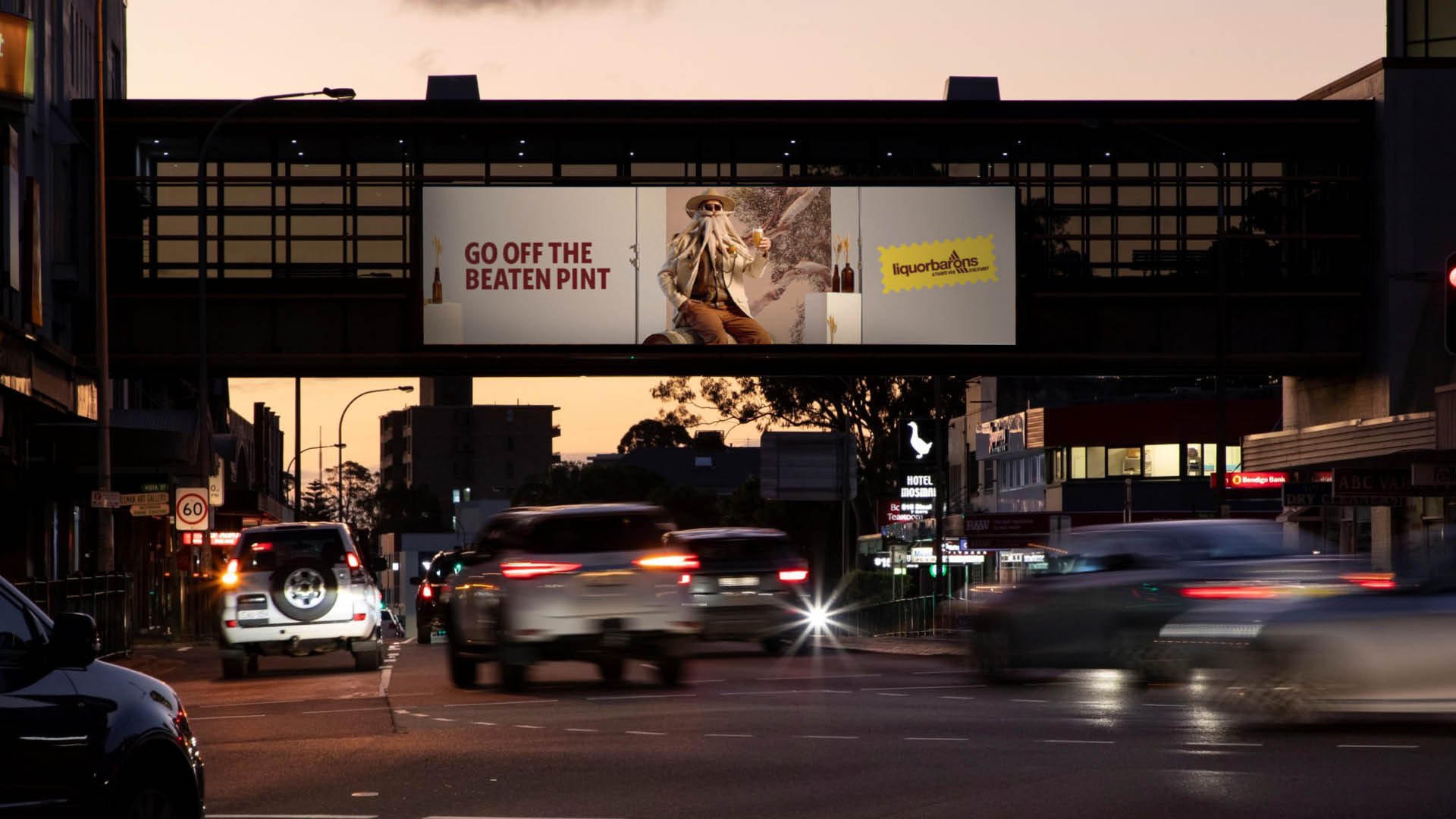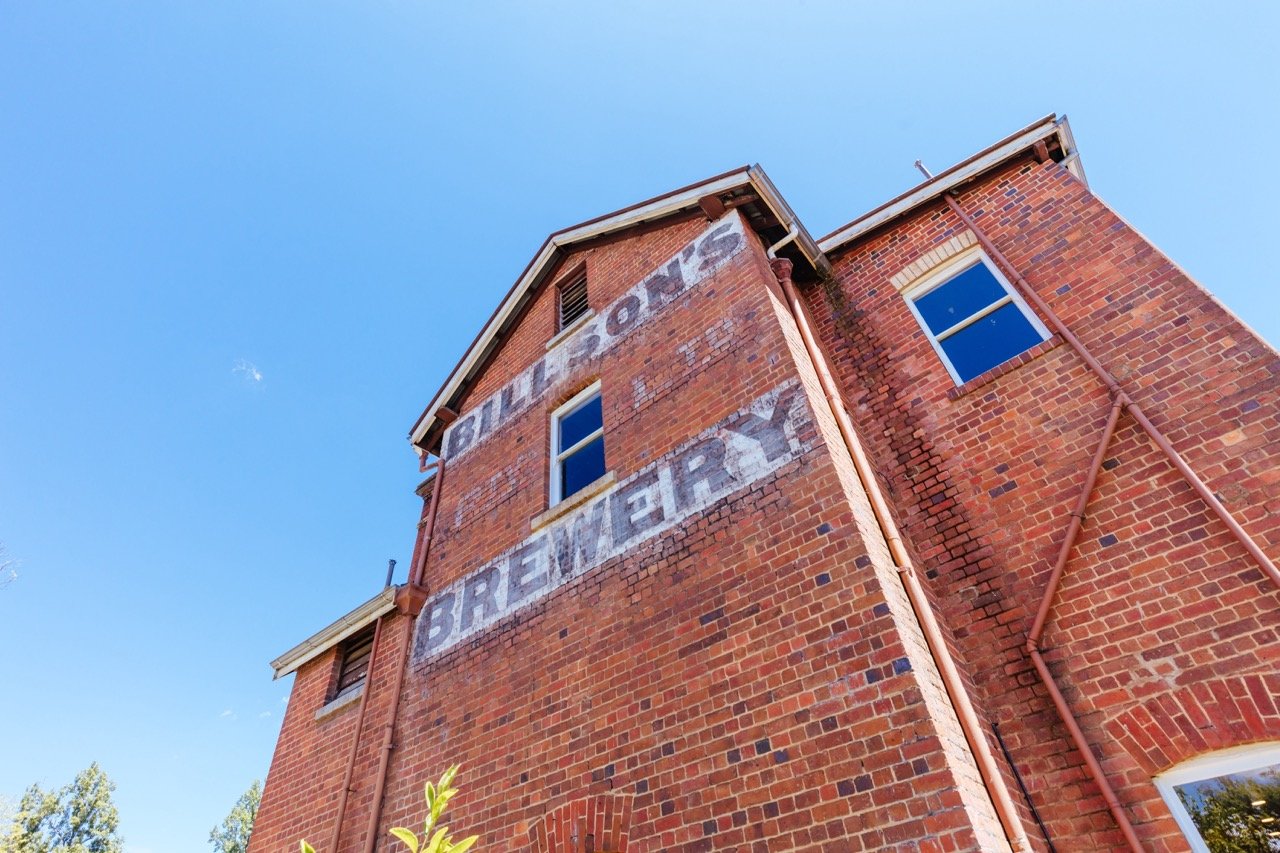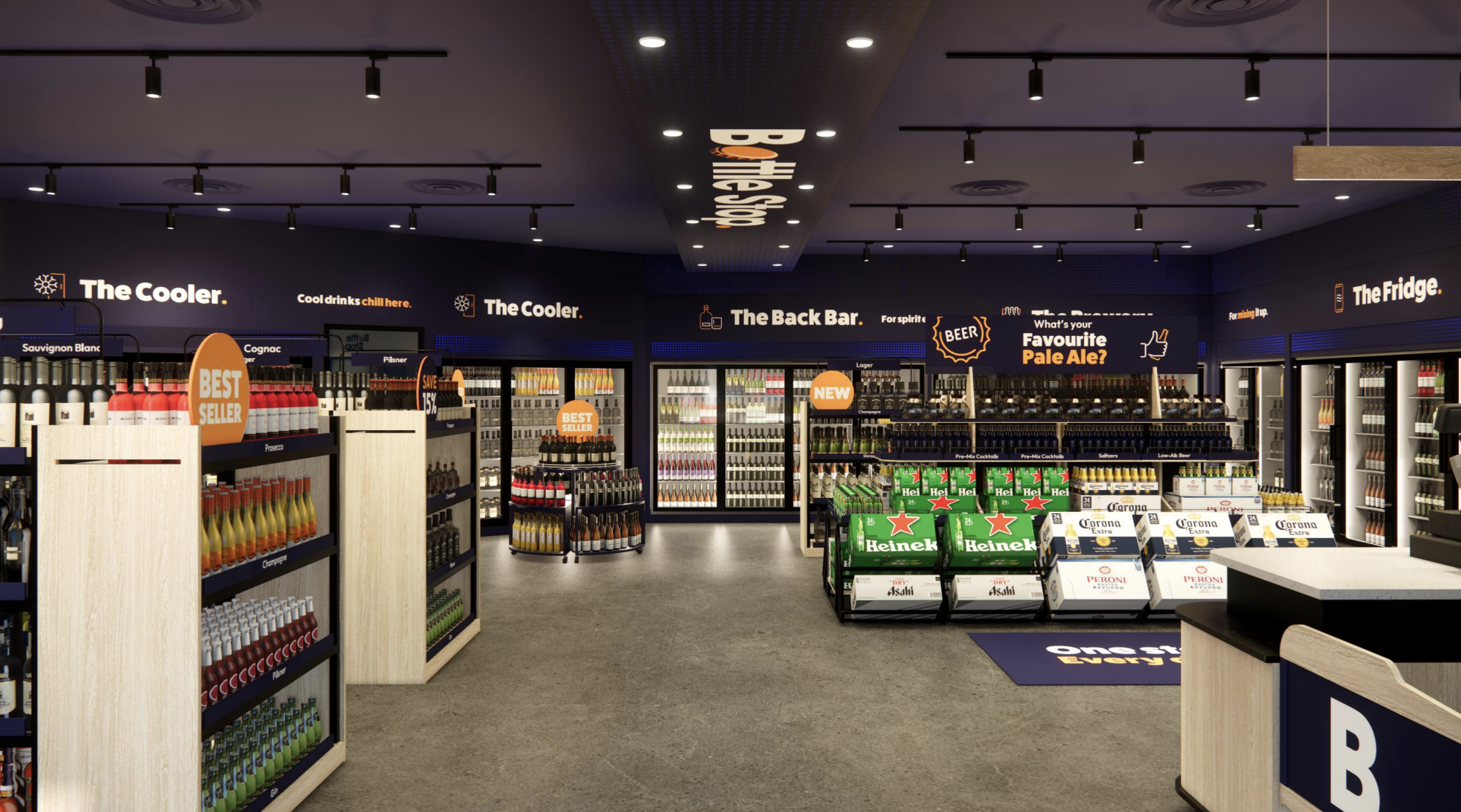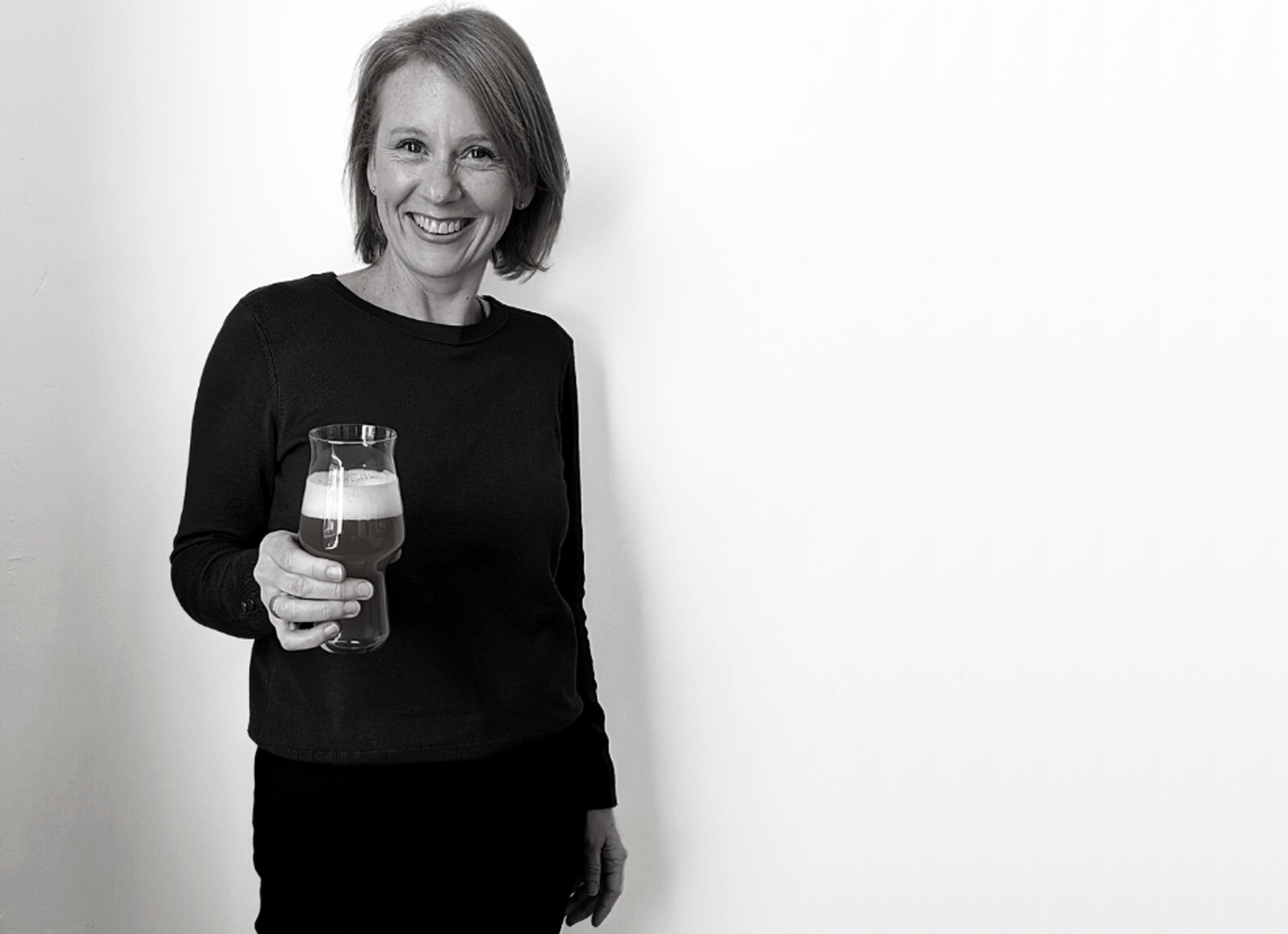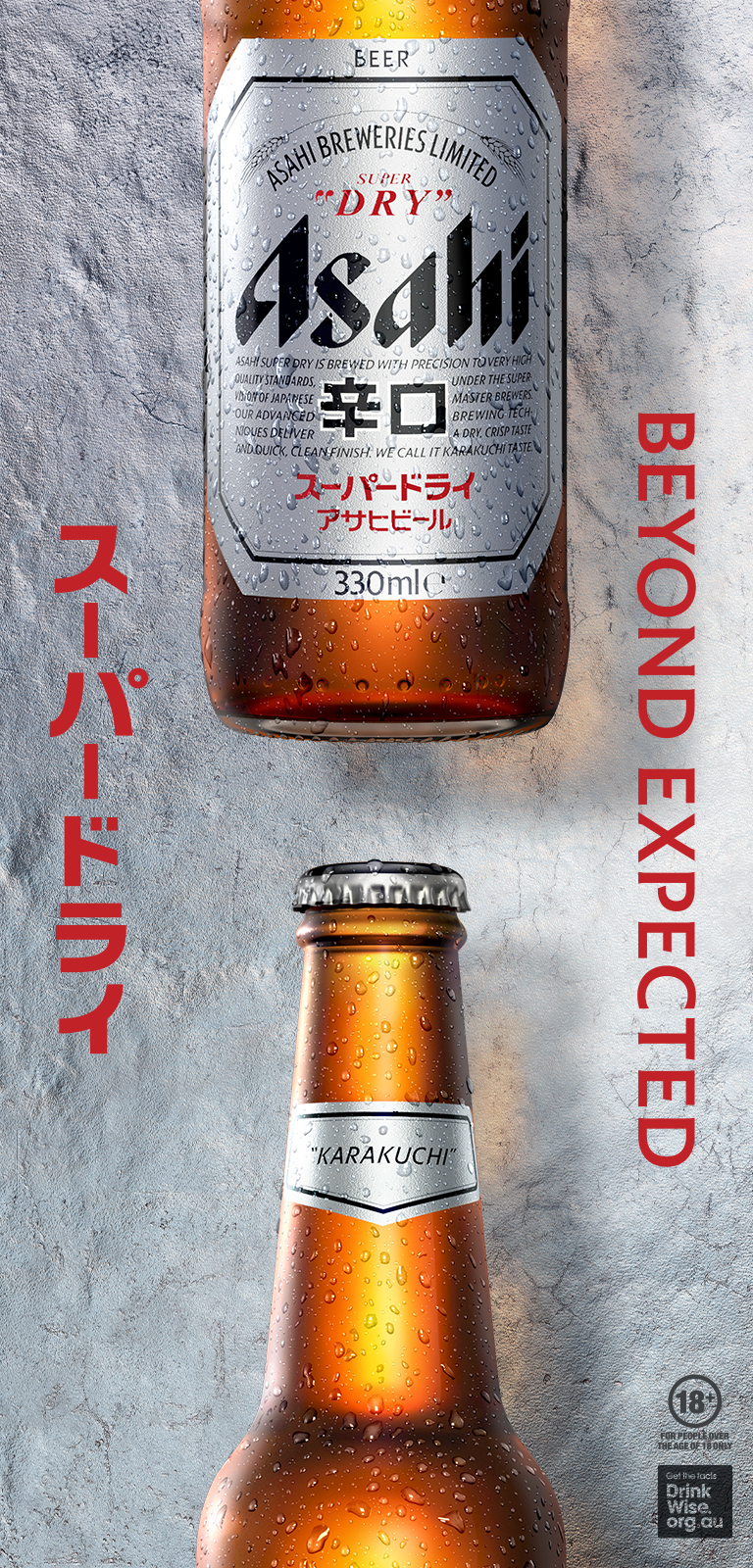GlobalData’s latest report, ‘Coronavirus (COVID-19) Case Study: Alcoholic Beverage Innovation’, reveals how the global health crisis has changed the consumption habits of younger consumers.
One of their biggest concerns is money constraints. Young age groups (eg 25-34) are price sensitive, and GlobalData’s latest survey shows 13% of Millennials have stopped buying alcoholic drinks because they are beyond their shopping budget, while 20% say they are buying these products at the lower end of the price range.
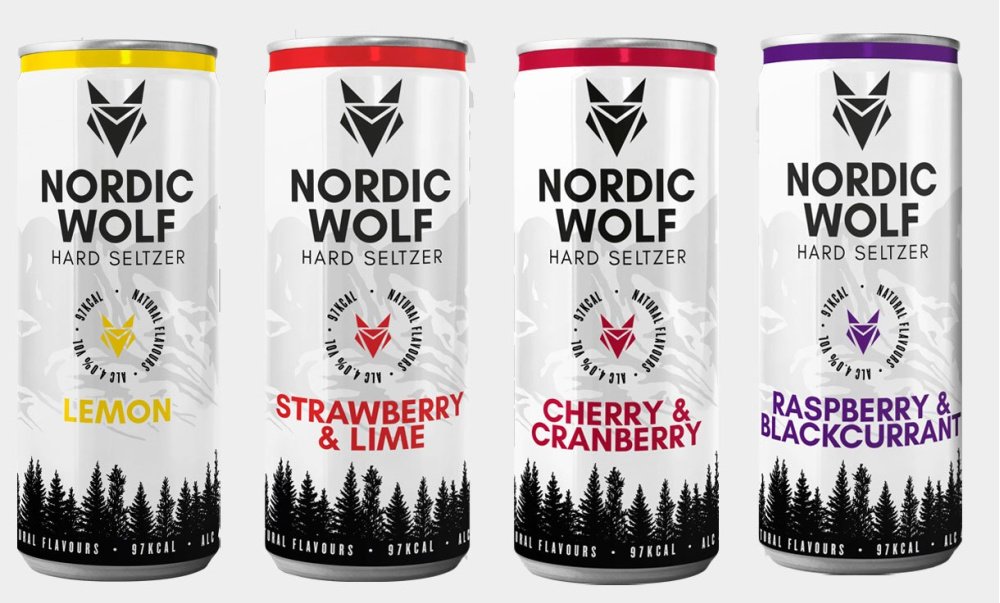
Some retailers have pivoted to capture this trend, with ALDI launching alcoholic seltzer Nordic Wolf in the UK with a low price point of £1.29 – half the price of cult brand White Claw, which sold at £2.50.
GlobalData said innovation in the affordable price range cannot be ignored when appealing to younger consumers. It added that the trend towards healthier options is also one that alcoholic drink manufacturers shouldn't overlook.
Mitsue Konishi, Senior Innovation Analyst at GlobalData, said: “Young age groups are concerned about their health more than older groups, and these concerns are reflected in their shopping choices.
"Alcoholic beverages with positive health attributes such as low calorie and sugar content will appeal to these health-conscious consumers. As mentioned earlier, hard seltzers are trending, as they have these healthier attributes which help to position them as an aspirational drink.
“Furthermore, young consumers also are highly aware of mental wellbeing. For those, alcohol-free alternatives have potential as an aspirational beverage but without the adverse impacts of alcohol. Thus, low or no alcohol alternatives are likely to see even further growth this year.”
At-home consumption predicted to remain elevated
Home consumption has also increased among younger consumers due to the closure of pubs and bars. At the end of May, 68% of consumers in 11 countries surveyed said they had stopped or reduced visits to pubs and bars due to the outbreak of COVID-19.
This figure remained relatively steady during the ten weeks from March 25 to May 31, in which GlobalData’s survey was held, despite some countries re-opening up bars and clubs.
For example, China gradually re-opened bars on early April and Germany and Australia opened up on May 15.
This trend is likely to continue as consumer concerns about the disease persist, even as more outlets reopen.
Konishi said: “As more people avoid bars and clubs, alcoholic beverage manufacturers need to consider consumers’ ‘New Socialising’ occasions such as home drinking in product development.
"One key consideration will be catering to premium and budget-friendly alcoholic innovations to allow consumers to capture the bar-quality drinking experience at home.
"In particular, flavoured alcoholic beverages such as ready-to-drink cocktails are already growing, seeing 12% increase in volume sales globally compared with 2018 and 2019. Premiumisation in this category is likely to see opportunity here.”
Share the content
